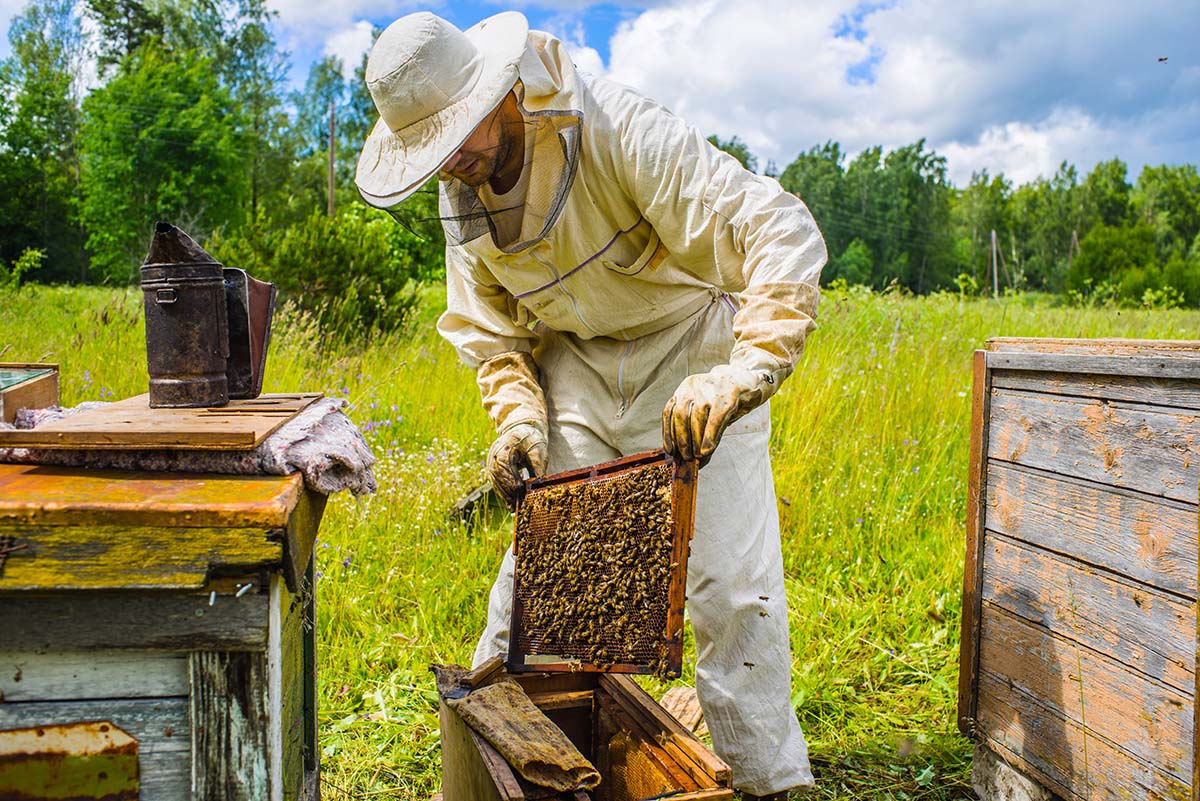



Article by: Hari Yellina
After a nearly three-week prohibition as a result of the discovery of varroa mites at the Port of Newcastle, beekeepers in New South Wales are once again engaged in the production of honey. Beekeepers outside of the red emergency zones are permitted to transfer honey supers and extract honey under the revised Biosecurity (Varroa Mite) Emergency Order 2022. According to Steve Fuller, president of the NSW Apiarists’ Association, beekeepers are still prohibited from transferring their hives. They are able to enter their hives, make adjustments, take honey, add supers, and ensure that the bees are content, won’t swarm, and aren’t going hungry, he said. They must return to the shed to decontaminate if they take any action there and cannot move to another site.
“You must remain in a purple zone if you are working there, a yellow zone if you are there, and a blue zone if you are there,” he stated. As a result, it becomes extremely challenging because many people keep their bees somewhere other than their sheds or extraction plant. People need to be extremely cautious while transferring because it only takes one mite to start the process off when the female lays the first egg, followed by the male. Beekeepers who live in the 10-kilometer red zones are still required to put their bees to sleep and have their hives set on fire.
There are still rules that must be followed while moving honey, even though beekeepers beyond the red zone are now permitted to extract it. According to Mr. Fuller, honey produced before June 22 can be transferred within the same zone as long as the proper documentation and limits are followed. He urged anyone transporting honey to confirm with the packers that they have the appropriate documents and declarations in place before sending it. Otherwise, the products will be sent back and turned around at the border. He claims that newly extracted honey outside the red zone will be subject to new movement regulations, although there is currently no information accessible.
The Upper Hunter is the most recent area to have eradication zones established. Brett “Rucko” Ruxton, a local beekeeper, has been monitoring the situation’s progression and often inspecting his hives. Although his hives are clean, the local beekeeping community is on edge because of detections in Jerrys Plains and Denman. He claimed that the majority of his apiaries were now in the yellow zone or that one was now in the purple zone. The impact, according to Mr. Ruxton, would be “monumental.” Since the varroa mite danger grew so serious, he claimed, support for local businesses has been “overwhelming,” and the modifications to operating hives have been warmly received.
Unfortunately, bees aren’t actually making honey at this time of year, but the good news is that we do need to start planning for spring and conducting our spring management, according to Mr. Ruxton. Because spring is swarm time and swarm time is when the varroa will be able to travel on bees, that was something that would also affect the varroa’s ability to move around. Controlling swarms, according to him, would “help stop the spread.” The $18 million assistance package, according to Mr. Ruxton, would also encourage employees to disclose results more quickly and fearlessly, but he added that remuneration might need to be increased. “Taking into account the number of beekeepers, bees, and equipment that they have, that might be revised at a later date.”